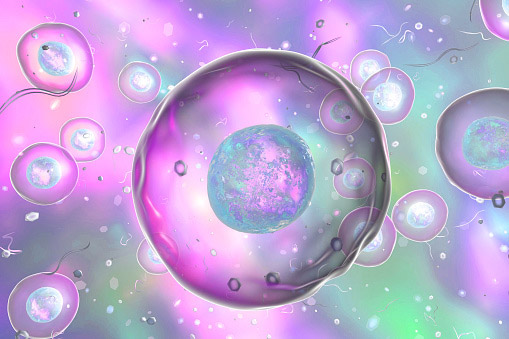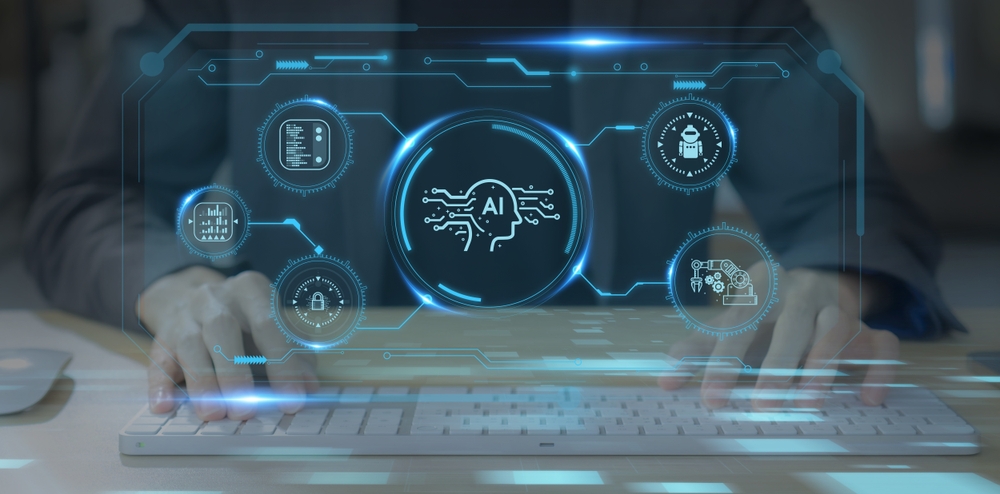
Bone-building drug to protect women from developing osteoporosis
October 7th, 2024In the US, 8 million women live with the condition of osteoporosis and in the UK 2 million. A major risk factor for women suffering from the bone-breaking condition is menopause. A new preventative treatment, a drug called abaloparatide, should become available through the NHS next month to protect menopausal women from developing osteoporosis.
Menopause happens after a woman’s last period and her hormone levels drop. A woman can go through menopause from a young age, normally between the ages of 45 to 55. As the levels of the hormone oestrogen in a woman’s body decline there is bone density loss. Women lose up to 10% of their bone density in the first 5 years after menopause. When a bone loses density, it is at a higher risk of breaking. 1 in 2 women over 60 will experience a fracture at some point in their lifetime and osteoporosis is a major cause of disability in women.
What is osteoporosis?
Osteoporosis is a health condition that weakens bones in the body. The bones become fragile increasing the possibility of a broken bone. Women, men and children can have the condition but it is predominantly experienced by post-menopausal women. In most cases, the condition develops over the years and sometimes, only diagnosed after a fall or bone break. Bones most commonly affected are in the wrist, hip, pelvis or spine. A sufferer can have a stooped appearance where the bones in the spine have broken. A doctor can diagnose osteoporosis by asking a patient a series of related questions, doing some tests and a bone density scan (DEXA).
What does the new drug Abaloparatide do?
The new drug Abaloparatide encourages cells to make new bone. Abaloparatide will be available as a pre-filled pen for those people most at risk of the condition and it can be self-administered at home once a day.
The new bone-strengthening drug is an alternative to other options for treating the condition. According to Dr Nicky Peel, a clinical trustee at the Royal Osteoporosis Society and metabolic bone physician based in Sheffield, the new drug is “a very well-tolerated treatment” for most people.
In an interview, he explained that some people do experience side effects such as nausea, headaches and palpitations during the early stages of using abaloparatide. The challenge that the experts can foresee with the approved new drug is the diagnostics to find out if people do need abaloparatide.
What medicines are available to treat osteoporosis?
Abaloparatide is a preventative drug. Currently, there is a selection of medicines available for people to take to relieve symptoms and encourage bone repair or new bone growth.
- Bisphosphonates
These include alendronic acid, ibandronic acid, risedronate and zoledronic acid. The medication comes in tablets, liquids, or injections. Bisphosphates slow down the rate of bone breakdown
- Selective Oestrogen Receptor Modulators (SERMs) including raloxifene
Raloxifene is a SERM that builds bone density and reduces the risk of fractures, in particular, fractures of the spine
- Parathyroid hormone treatment
Teriparatide is a type of parathyroid hormone treatment. It stimulates cells to create new bone, increasing bone density
- Hormone Replacement Therapy (HRT)
HRT is given to some women to help them through menopause. It replaces the female hormones oestrogen and progesterone and it reduces the risk of developing osteoporosis
There are a lot of risk factors associated with osteoporosis. Those most at risk of developing osteoporosis are people who:
- Are on long-term medication including anti-oestrogen for breast cancer
- Have had a hysterectomy with full removal of the ovaries before age 45
- Suffer from inflammatory, hormone or malabsorption issues
- Have a family history of osteoporosis and a genetic link
- Are receiving treatment for prostate or breast cancer
- Had an organ transplant or surgery for a sex change
- Take a high dose of steroids for more than 3 months
- Have eating disorders such as anorexia or bulimia
- Had surgery for types of cancer
- Don’t take enough exercise
- Are on anti-epileptic drugs
- Have a low body mass
- Drink too much alcohol
- Use recreational drugs
- Smoke
People also at risk are those who suffer from rheumatoid arthritis, turner’s syndrome, parathyroid disease, coeliac disease, liver disease or Parkinson’s disease. Dementia, Klinefelter syndrome, hyperthyroidism, diabetes or aids increase the risk too.
Bone deterioration is part of ageing but there are things you can do to reduce the risk of osteoporosis – including giving up smoking or recreational drugs and reducing the consumption of caffeine and alcohol. Diet can also influence bone density, it is recommended that a person incorporates calcium and vitamin D into their daily eating regime. Find out how much calcium you should be consuming every day here.
We recommend our product Cartalax, a cartilage and bone tissue bioregulator. It contains amino acids that contribute to the normalisation of the function of the cartilage and musculoskeletal system. It is used for patients suffering from spinal osteochondrosis, osteoarthritis, osteoporosis and after injuries and fractures. It is also recommended for the prevention of sclerotic and degenerative processes in the spine and joints in the elderly.
Osteoporosis and exercise
You might think that if you have osteoporosis, exercise will lead to injury but using your muscles helps to protect your bones. It increases muscle strength, improves posture and balance and can lessen pain. Strength training and weight-bearing exercises combined with walking, stretching and stability exercises are most beneficial. Medical advice should be taken before starting an exercise regime if you have been diagnosed with osteoporosis.
References
- https://www.betterhealth.vic.gov.au/health/conditionsandtreatments/menopause-and-osteoporosis
- https://www.nhs.uk/conditions/osteoporosis/#:~:text=Osteoporosis%20is%20a%20health%20condition,broken%20wrist
- https://www.bbc.co.uk/news/articles/ckg22prg9y0o
- https://www.nhs.uk/conditions/osteoporosis/treatment/
- https://www.bonehealthandosteoporosis.org/wp-content/uploads/Osteoporosis-Fast-Facts-2.pdf








